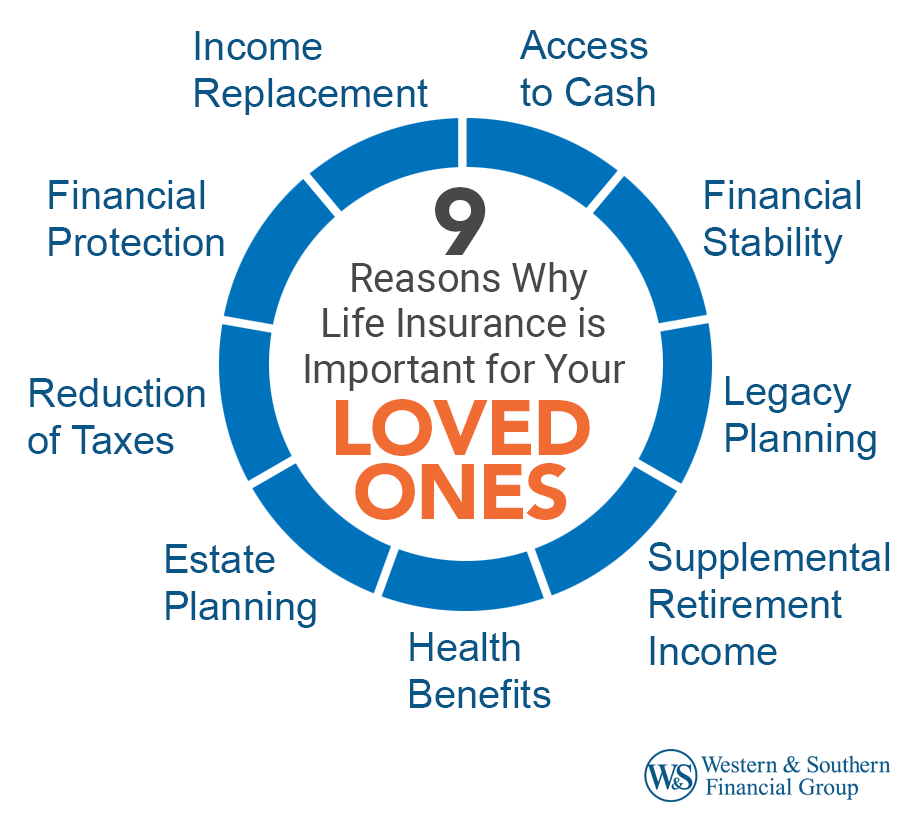The 15-Second Trick For Pacific Prime
The 15-Second Trick For Pacific Prime
Blog Article
The Best Guide To Pacific Prime
Table of ContentsHow Pacific Prime can Save You Time, Stress, and Money.Indicators on Pacific Prime You Need To KnowPacific Prime Things To Know Before You BuyThe smart Trick of Pacific Prime That Nobody is DiscussingExcitement About Pacific Prime

This is because the data were gathered for a period of solid financial performance. Of the estimated 42 million individuals that were uninsured, just about about 420,000 (concerning 1 percent) were under 65 years of age, the age at which most Americans become qualified for Medicare; 32 million were adults between ages 18 and 65, about 19 percent of all adults in this age; and 10 million were youngsters under 18 years old, about 13.9 percent of all children (Mills, 2000).
These quotes of the variety of individuals without insurance are created from the annual March Supplement to the Existing Populace Survey (CPS), conducted by the Census Bureau. Unless otherwise kept in mind, national price quotes of people without wellness insurance policy and percentages of the populace with various kinds of protection are based on the CPS, the most commonly utilized resource of quotes of insurance policy protection and uninsurance prices.
Rumored Buzz on Pacific Prime

Still, the CPS is particularly helpful because it generates yearly quotes relatively quickly, reporting the previous year's insurance protection estimates each September, and because it is the basis for a regular set of quotes for more than 20 years, enabling evaluation of patterns in coverage over time. For these factors, as well as the comprehensive use the CPS in various other studies of insurance policy protection that exist in this record, we count on CPS estimates, with limitations kept in mind.

The quote of the number of without insurance individuals broadens when a population's insurance coverage status is tracked for several years. Over a three-year duration beginning early in 1993, 72 million individuals, 29 percent of the U.S. https://pacificpr1me.start.page. population, lacked protection for at the very least one month. Within a solitary year (1994 ), 53 million people experienced a minimum of a month without insurance coverage (Bennefield, 1998a)
Six out of every 10 uninsured adults are themselves employed. Working does boost the possibility that one and one's household members will certainly have insurance coverage, it is not a warranty. Even members of family members with two full-time breadwinner have practically a one-in-ten chance of being without insurance (9.1 percent without insurance rate) (Hoffman and Pohl, 2000).
The Ultimate Guide To Pacific Prime
New immigrants make up a considerable percentage of individuals without health insurance coverage. One evaluation has associated a considerable part of the current development in the dimension of the united state without insurance population to immigrants who showed up in the nation in between 1994 and 1998 (Camarota and Edwards, 2000). Recent immigrants (those that came to the United States within the past 4 years) do have a high price of being uninsured (46 percent), however they and their kids make up just 6 percent of those without insurance policy across the country (Holahan et al., 2001).
The partnership in between wellness insurance policy and access to care is well developed, as documented later on in this phase. The connection between health and wellness insurance policy and wellness end results link is neither straight neither straightforward, a comprehensive scientific and wellness solutions study literature links wellness insurance protection to enhanced access to care, far better top quality, and improved individual and populace wellness standing.
Levels of evaluation for analyzing the effects of uninsurance. It focuses particularly on those without any health insurance coverage for any size of time.
Pacific Prime for Beginners
The issues dealt with by the underinsured are in some aspects comparable to those faced by the uninsured, although they are usually less serious. Health and wellness insurance policy, however, is neither essential nor enough to gain accessibility to medical solutions. The independent and straight effect of wellness insurance protection on access to wellness solutions is well established.
Others will get the wellness care they need even without health insurance policy, by paying for it expense or seeking it from suppliers who use care free or at extremely subsidized prices. For still others, medical insurance alone does not make sure receipt of care due to the fact that of various other nonfinancial barriers, such as an absence of healthcare providers in their area, limited accessibility to transport, illiteracy, or linguistic and cultural distinctions.
Fascination About Pacific Prime
Formal research regarding uninsured populations in the United States dates to the late 1920s and early 1930s when the Board on the Expense of Treatment generated a collection of records concerning funding medical professional office gos to and hospitalizations. This problem ended up being significant as the numbers of clinically indigent climbed up throughout the Great Clinical depression.
Report this page